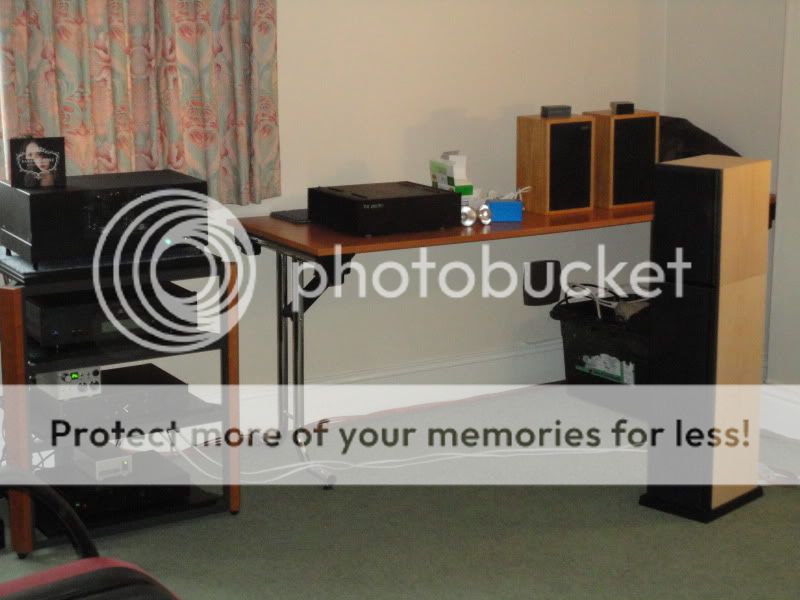S-Man
StrivingON
FWIW (and entirely without science / maths) I can barely see or feel any movement at all in my two active 12" infinite baffle subs at my usual 70-75db listening level. I doubt they ever move more than a mm or so unless dealing with a Hollywood Godzilla movie or something like that. I'm currently playing Talk Talk's Spirit Of Eden and I can barely feel any cone movement at all. They do cross over very low though, about 50-60Hz.
Just been playing The Police in Dub with 95dB peaks (iPhone estimate), the cones move about 5mm pk-pk at the most. Had to turn it down, it's a bit irritating at that level.
Thankfully the B/L compensation means that even if I use the full 20mm pk-pk travel there will be minimal distortion.



